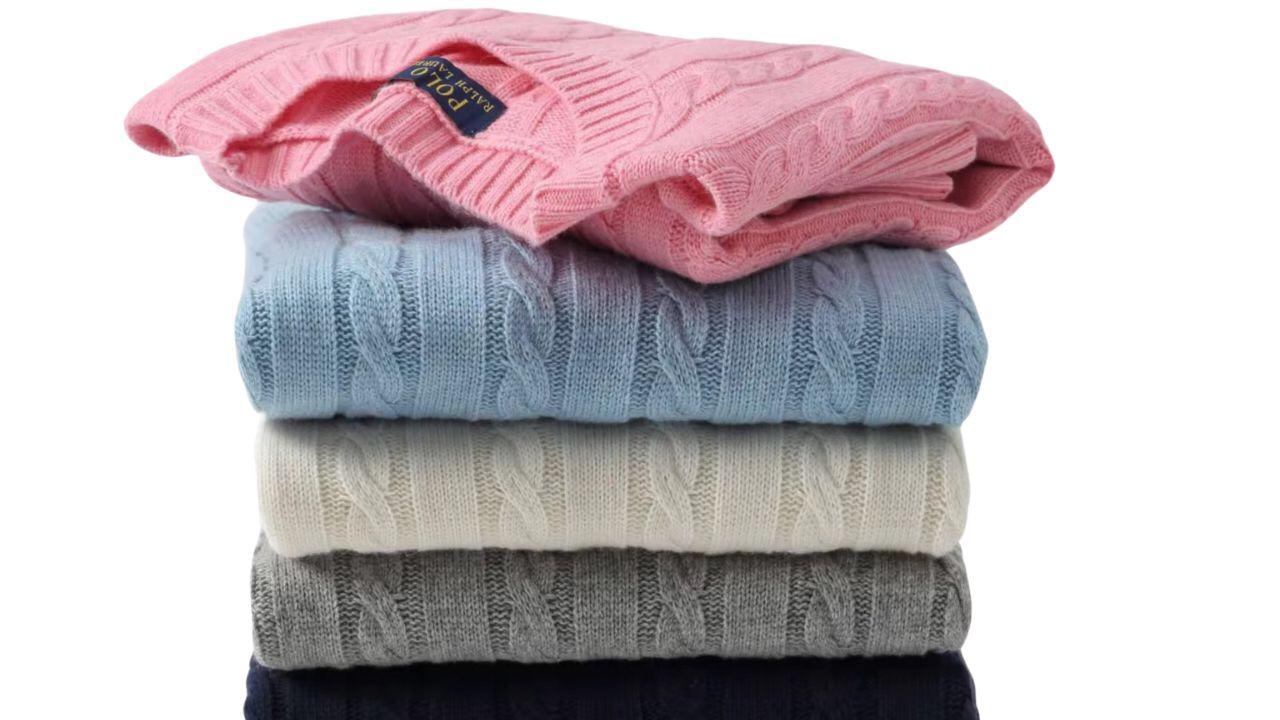Choosing the right fabric is essential and should align perfectly with the product category. Take men’s polo shirts, for example. Quality polos require fabrics that balance structure with breathability. Cotton pique and poly-cotton blends are ideal here, offering a sharp appearance while keeping comfort intact — ideal for polos’ smart-casual appeal.
On the other hand, shorts demand lightweight and durable fabrics such as twill, cotton-spandex blends, or moisture-wicking synthetics. These materials endure friction, frequent movement, and warm weather, making them perfect for summer wear. Thus, when selecting fabrics, it’s vital to match the material’s properties with the intended use. A jersey knit may suit a comfy tee, but it won’t provide the needed durability or shape retention for shorts or polos.
Best Fabric for T-Shirts That Feels Amazing
Fabric and Vendor Compatibility: What to Consider
Selecting the fabric is only part of the challenge; the other crucial part is ensuring your manufacturer can expertly work with that fabric. When searching for the right clothing vendor, factors like price or minimum order quantities are important but secondary to their expertise in handling specific textiles. Some vendors excel in knit fabrics but may struggle with technical blends or eco-friendly options like bamboo. This is why understanding the scope of your cut and sew manufacturer’s capabilities is vital.
A knowledgeable vendor doesn’t just follow your designs — they provide valuable input on fabric suitability drawing from their expertise to assist you in steering clear of expensive errors.drawing from their expertise to assist you in steering clear of expensive errors.When looking for reliable, fabric-savvy partners, always review their previous projects and ask about their experience with your chosen textiles to ensure a smooth production process.
Adapting T-Shirt Fabrics for Different Seasons and Uses
T-shirts are wardrobe staples that must adapt to seasonal changes, depending on the fabric chosen. Lightweight cotton and cotton-linen blends breathe well in summer, offering cool comfort without compromising style. Conversely, heavier jersey fabrics with higher GSM, fleece linings, or terry cloth knits suit cooler climates and transitional seasons.
Brands serving global markets can benefit from producing seasonal versions of the same basic t-shirt style. This strategy not only broadens customer appeal but also allows product line expansion without drastic changes. Aligning fabric choices with climate demonstrates thoughtful design that resonates with customers’ lifestyles.
How Fabric Knowledge Boosts Your Brand’s Value
In today’s crowded apparel market, many brands claim to sell “premium basics,” but it’s the fabric quality that truly sets one apart from another. The moment a customer feels your shirt, they silently assess whether it’s worth the price. Superior fabric instantly elevates your product’s perceived value—no logo can compensate for poor material.
Leading brands invest heavily in fabric sourcing and testing, knowing that quality materials improve everything from fit to print appearance and even how garments photograph. Whether you’re launching capsule collections or expanding into new apparel categories like pants, your fabric choice reflects your brand’s identity and commitment to excellence.
Fabric Feel and Comfort: Key to Customer Loyalty
When shoppers choose t-shirts, pants, or shorts, the fabric’s comfort against the skin often dictates repeat purchases. Softness, breathability, and flexibility can turn a one-time buyer into a loyal customer. Hence, many brands rigorously test fabrics for wear, washing performance, and movement comfort.
Comfortable fabrics elevate daily wear and impact brand reputation. For example, lightweight, breathable fabrics are ideal for summer shorts, while heavier, more structured textiles ensure durability for everyday pants. This careful balance between comfort and quality fosters lasting customer trust and satisfaction.
Fabric’s Impact on Production Efficiency
Fabric choice influences not just the final garment but also the manufacturing process. Some materials are easier to sew and cut, while others require specialized machinery or extra care, which can add time and costs. This is particularly true for complex blends and advanced technical fabrics.
Manufacturers with expertise in handling diverse textiles can streamline production without compromising quality. Efficient processes lead to quicker turnaround times, fewer defects, and happier customers. Understanding fabric behavior during production helps you make smarter design decisions and keeps supply chains running efficiently.
Matching Fabric to Design for Optimal Style and Durability
Each design demands a fabric that complements its structure and purpose. Loose-fitting tees perform best with lightweight, flowing fabrics, whereas tailored pants need sturdier materials that hold shape and resist wrinkles.
Choosing the right fabric not only enhances appearance but also durability. Fabrics aligned with design reduce wear, prevent sagging or stretching, and maintain a polished look after multiple wears. This thoughtful matching results in garments that look good on shelves and perform well in real life.
The Importance of Clear Fabric Care Instructions
High-quality fabrics sometimes require special care, and failing to provide clear washing and maintenance guidance can lead to customer frustration. Whether it’s recommending hand wash for modal tees or low tumble drying for cotton blends, clear instructions help preserve garment longevity.
Brands that include simple, accurate care labels empower customers to maintain their clothing, reducing returns and fostering positive reviews. Educating buyers about fabric care increases confidence and drives repeat purchases.
Innovations in Fabric Technology Shaping Apparel
The textile industry is advancing rapidly, with new fabric technologies revolutionizing apparel manufacturing. Moisture-wicking fibers, anti-odor treatments, and UV-protective textiles improve wearer comfort and functionality.
Brands leveraging these innovations can produce apparel suited for active lifestyles or everyday casual wear, positioning themselves as innovative and customer-focused. Staying informed about fabric advancements keeps your collections modern and competitive.
The Advantage of Working with Local Textile Suppliers
Partnering with local fabric suppliers can speed up production and enhance quality control. Proximity allows for quick resolution of fabric shortages, swaps, or customizations.
This closeness supports more agile manufacturing cycles, letting brands respond rapidly to trends or urgent orders. It also fosters stronger communication and partnerships, critical when scaling operations or launching seasonal lines.
Why Testing Fabric Samples Is Essential Before Bulk Orders
Ordering fabric samples or swatches before committing to bulk purchases is a wise step. Samples enable you to evaluate texture, stretch, color retention, and print compatibility—crucial factors for product success.
Testing reveals potential issues like shrinkage or color fading early, preventing costly returns and customer dissatisfaction. Taking time to thoroughly vet fabrics upfront builds confidence in your supply chain and ensures your garments meet expectations.
Balancing Cost and Quality in Fabric Selection
While budget constraints are real, sacrificing fabric quality can damage your brand’s reputation.Achieving the correct equilibrium between cost-effectiveness and sturdiness is crucial for sustained development.
Investing in fabrics that retain comfort, color, and resistance to wear saves money over time by reducing returns and increasing customer loyalty. This strategic approach strengthens your brand image and customer relationships.
Educating Customers on Fabric Care to Boost Satisfaction
Providing straightforward care instructions is often overlooked but crucial for product longevity and customer happiness. Different materials require specific washing and drying practices to maintain their look and feel.
For example, cotton tees usually need gentle washing and air drying, while performance blends might require special detergents. Informing customers about proper care reduces misuse-related returns and builds trust, encouraging repeat business.
Fabric Choice as a Storytelling Element for Your Brand
Fabric is more than material—it’s a storytelling tool that connects your brand emotionally with customers. Natural fabrics like organic cotton evoke sustainability and comfort, while modern synthetic blends convey innovation and performance.
Aligning fabric with brand values strengthens emotional bonds and enhances marketing efforts. This alignment helps your brand stand out in crowded markets by making fabric a key part of your identity.
Unlocking Customization Through Fabric Selection
Your fabric choice can open doors to creative customization. Some textiles are better suited for embroidery or appliqué, while others excel with screen or digital printing. Certain fabrics enable all-over prints through dye-sublimation.
Exploring these options can lead to unique designs and limited editions, attracting niche customer groups like eco-conscious buyers or athleisure fans. Tailoring fabric blends and finishes also helps differentiate your offerings.
How Fabric Trends Shape Seasonal Collections
Staying current with fabric trends ensures your collections remain fresh and relevant. Summer lines often favor lightweight linens and breathable cottons, while winter collections prefer heavier, brushed knits or insulating blends.
Performance fabrics with moisture-wicking or thermal features gain popularity in activewear. Anticipating these changes allows brands to schedule production efficiently and keep inventory aligned with customer demand, reducing excess stock and increasing excitement for new releases.
Common Mistakes to Avoid When Choosing T-Shirt Fabrics
Even experienced brands can trip up when selecting fabrics. One of the most common mistakes? Focusing solely on cost. Yes, pricing matters—especially when ordering in bulk—but sacrificing quality for short-term savings can damage your brand in the long run. Customers won’t hesitate to leave negative reviews if your shirts shrink, fade, or fall apart after a few wears.
Another mistake is ignoring the target audience. A thick, heavyweight tee might be ideal for winter streetwear, but it’ll feel stifling in tropical climates. Likewise, performance fabrics might appeal to fitness fans but turn off those who want soft, natural-feeling cotton. It’s all about matching fabric features with customer needs—comfort, breathability, stretch, durability, and sustainability.
And let’s not forget fabric testing. Always request swatches or samples before placing large orders. What feels amazing on paper might not meet your expectations in reality. Smart brands take the time to wash, wear, and stretch their samples to see how they behave in real-life conditions.
Conclusion: Wrapping It All Up
So, what’s the best fabric for t-shirts? The truth is—it depends. Whether you’re launching a streetwear label, a fitness-focused apparel brand, or a line of comfy basics, your fabric choice is foundational.From lightweight and airy cotton to fabrics that wick away moisture for enhanced performance. to eco-friendly alternatives like bamboo and Tencel, there’s a fabric out there to match every brand story and customer need.
Think of t-shirt fabric like the base of a recipe—it sets the tone for everything else. The right fabric enhances your design, supports your printing method, improves wearability, and builds customer loyalty. It’s not just a material decision—it’s a brand strategy.
If you’re just starting out or scaling up, take time to explore your options, test fabrics rigorously, and listen to your audience. Because when your customers love how your t-shirts feel, fit, and last, they’ll keep coming back—and spreading the word.
FAQs
- What is the softest fabric for t-shirts?
- Pima cotton and modal are considered some of the softest fabrics due to their fine, smooth fibers. These materials are perfect for premium, high-comfort tees.
- Are polyester t-shirts breathable?
- Yes, especially when designed for performance. Modern polyester blends often include moisture-wicking technology that enhances breathability during workouts.
- Is 100% cotton always better than blends?
- Not necessarily. While cotton is soft and breathable, blends (like cotton-poly) offer durability, wrinkle resistance, and reduced shrinkage—ideal for everyday wear.
- Which fabric is best for printing vibrant designs?
- 100% ring-spun cotton is excellent for screen printing, while polyester works best for sublimation. Cotton-poly blends offer a middle ground with flexible printing options.
- Are sustainable fabrics more expensive?
- Initially, yes. But the long-term value in customer loyalty, environmental impact, and brand perception often outweighs the slightly higher cost.








Leave a Comment
Your email address will not be published. Required fields are marked *